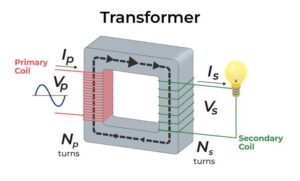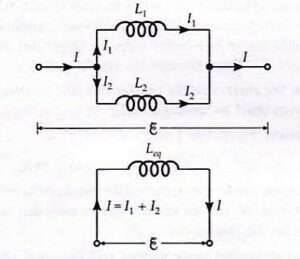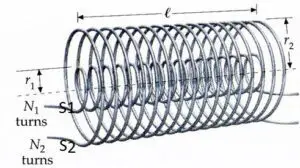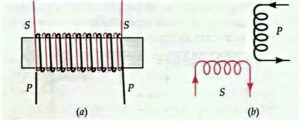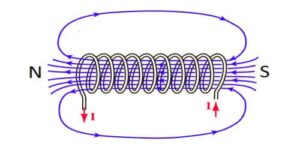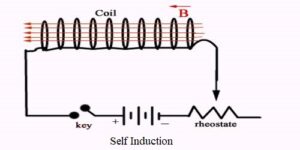Faraday’s laws of electromagnetic induction, known as faraday’s laws, are the fundamental law of electromagnetism that tell us, how a magnetic field would interact with an electric circuit to produce an electromotive force (EMF). This phenomenon of producing EMF is known as electromagnetic induction.
The laws which we are going to discuss here are very important for electromagnetic induction physics because these two laws are the basis of electromagnetic induction, and are widely used in the manufacturing of induction-based machines such as transformers, electric motors, generators, etc. Without knowledge of these laws, the imagination of induction physics is useless.
In this article, we will discuss faraday’s laws of electromagnetic induction class 12 in detail. So let’s get started…
Faraday’s Laws of Electromagnetic Induction
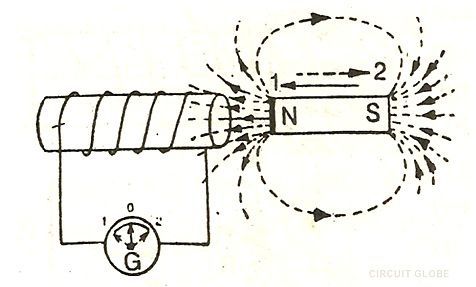
In the year 1831, Michael Faraday proposed his laws of electromagnetic induction. His proposed laws of electromagnetic induction are based on the observation or results of the experiments conducted by him. He performed three main experiments to discover the phenomenon of electromagnetic induction. Read these three experiments by clicking the below link.
Read Also
Faraday’s Laws of Electromagnetic Induction consists of two laws.
- The first law describes the induction of EMF in a conductor and
- The second law quantifies the EMF produced in the conductor, In simple language, the second law gives the mathematical description of the first law.
Faraday’s First Law of Electromagnetic Induction
Faraday’s first law of electromagnetic induction states that-
Faraday’s first law statement – Whenever a magnetic field linked to a coil changes, an EMF is induced in it which last only so long as the change in flux is taking place. If the coil is closed, this induced EMF leads to a current in the coil called induced current.
Read Also
Faraday’s Second Law of Electromagnetic Induction
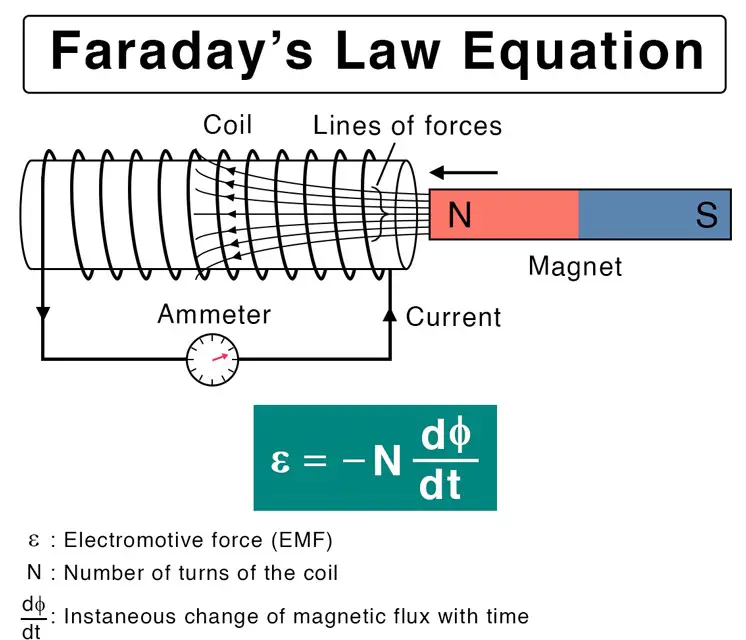
Faraday’s second law of electromagnetic induction states that-
Faraday’s Second Law statement – The magnitude of the induced EMF is equal to the rate of change of magnetic flux linked with the closed circuit. Mathematically, $$\begin{array}{l}\varepsilon =-N\frac{\Delta \phi }{\Delta t}\end{array}$$
Where $\varepsilon$ is the electromotive force (EMF), $\phi$ is the magnetic flux, and N is the number of turns of the coil.
Mathematical form of the laws of electromagnetic induction: Expression for induced EMF
According to faraday’s second law of electromagnetic induction, the magnitude of the induced EMF is equal to the rate of change of magnetic flux linked to the coil, i.e. $$\varepsilon =\frac{d \phi }{dt}$$ If we take account of Lenz’s law for the direction of the induced EMF, then the faraday’s law takes the form: $$\varepsilon =-\frac{d \phi }{dt}$$ The negative sign indicates that the direction of the induced EMF in the coil is such that it opposes the change in magnetic flux.
If the coil consists of N numbers of tightly wound turns, then the EMF developed in all these turns will be equal and in the same direction and hence get added up. Now the induced EMF will be $$\varepsilon =-N\frac{d \phi }{dt}$$ If the flux changes from $\phi_1$ to $\phi_2$ in time $t$, then average induced EMF will be $$\varepsilon=-N\frac{\phi_2-\phi_1}{t}$$
From the knowledge above equation, we can conclude the following points.
- An increase in the number of turns in the coil increases the induced emf
- Increasing the magnetic field strength increases the induced emf
- Increasing the speed of the relative motion between the coil and the magnet results in increased emf.
Read Also
Lenz’s Law
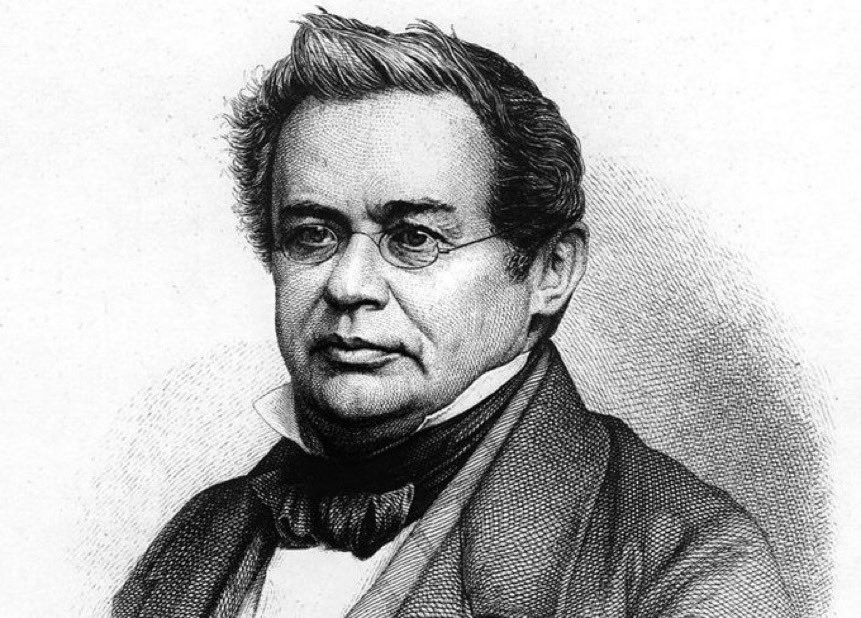
Lenz’s law is also an important law along with faraday’s laws of electromagnetic induction. After the discovery of the laws of electromagnetic induction by Michael faraday in 1831, two years later in 1833, German physicist Heinrich Friedrich Lenz gave a rule known as Lenz’s law that describes the direction of the induced EMF.
Lenz’s law states that “The direction of induced EMF in the coil is such that it tends to produce a current which opposes the change in magnetic flux that produced it.”
The negative sign in the formula represents Lenz’s law. Thus, the negative sign indicates that the direction of the induced EMF and the change in the direction of magnetic fields have opposite signs.
Watch this video for more clear understanding.
Ways to change the linked magnetic flux in a closed-loop

Below are some ways by which we can change the linked magnetic flux in a closed-loop
- By rotating the coil relative to the magnet.
- By moving the coil into or out of the magnetic field.
- By changing the area of a coil placed in the magnetic field.
- By moving a magnet towards or away from the coil.
How to increase Induced EMF in a coil
- By increasing the number of turns in the coil i.e N
- By increasing magnetic field strength i.e B
- By increasing the speed of the relative motion between the coil and the magnet
Applications of Faraday’s Law
Some applications of faraday’s law are given below:
- Transformers
- Electric motors
- Electric Generator
- Electric guitar and electric violin
- flowmeter
- Induction cooker
Frequently Asked Questions – FAQs
What does Faraday’s First Law of Electromagnetic Induction state?
Faraday’s first law of electromagnetic induction states, “Whenever a conductor is placed in a varying magnetic field, an electromotive force is induced. Likewise, if the conductor circuit is closed, a current is induced, which is called induced current.”
What does Faraday’s Second Law of Electromagnetic Induction state?
Faraday’s first second law of electromagnetic induction states that the induced emf in a coil is equal to the rate of change of flux linkage.
What is the difference between Faraday’s law and Lenz’s law?
While Faraday’s law tells us the magnitude of the EMF produced, Lenz’s law tells us the direction the current will flow. It states that the direction is always such that it will oppose the change in flux that produced it.
What does the negative sign indicate in Faraday’s law of electromagnetic induction formula?
The negative sign indicates that the direction of the induced EMF in the coil is such that it opposes the change in magnetic flux.
What is meant by EMF?
Electromotive force or emf is a measurement of the energy that causes current to flow through a circuit.
Stay tuned with Laws Of Nature for more useful and interesting content

